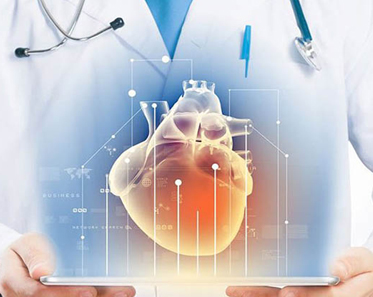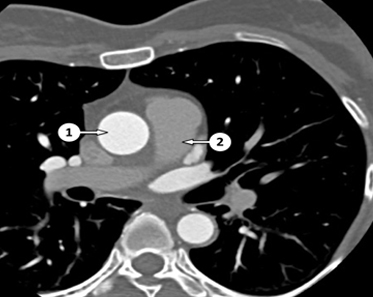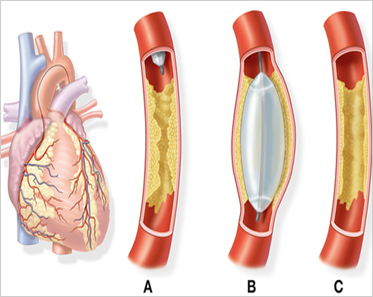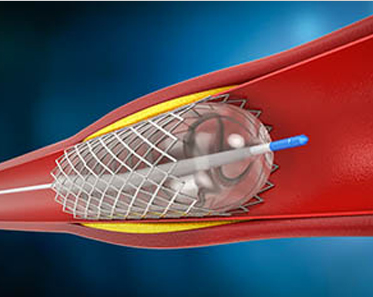Know the Common Tests for Diagnosing Heart Diseases: Insights from a Leading Heart Specialist in Ahmedabad
Prof. Sunil Thanvi
Professor & Head – Department of Cardiology, Zydus Hospitals, Ahmedabad, Gujarat
- Dr. Sunil Thanvi, the best cardiologist in Ahmedabad, is a seasoned and energetic heart specialist who possesses a strong inclination for academics and diligent work.
- Assistant Professor in Cardiology at the U.N. Mehta Institute of Cardiology & Research Centre for nearly 6 years, stands out as Ahmedabad’s best cardiologist and the top cardiac surgeon, offering expert heart care.
- In charge & Professor of Cardiology and Clinical Head at B.M.Patel Cardiac Centre, Karamsad.
- Dr. Sunil Thanvi, a best cardiologist in Ahmedabad, excels with 30,000+ successful Cardiac Interventions.
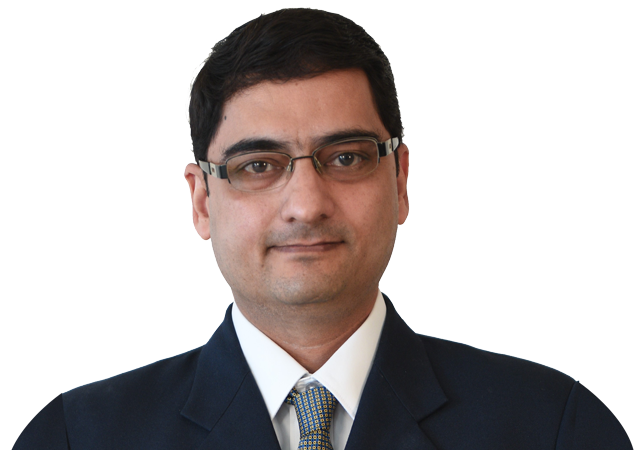
Academics

Founder & Course Director
1st of its kind conference in India addressing issues related to Heart & Brain.
Heart Care Services
Know About Heart Disease
- What are the symptoms of atherosclerosis?
- How is CAD Diagnosed?
- What are the major risk factors for heart disease?
- What is high blood pressure and how is it treated?
Atherosclerosis may be present for years without causing symptoms. This slow disease process can begin in childhood. In some people, the condition can cause symptoms by the time they reach their 30s. In others, they do not have symptoms until they reach their 50s or 60s. But, as the blockage gets worse, the slowed blood supply to the heart may begin to cause something called angina pectoris, a Latin phrase that means, “strangling in the chest.” Patients often say that angina is like a squeezing, suffocating, or burning feeling in their chest. The pain usually happens when the heart has an extra demand for blood, like during exercise or times of emotional stress.
Angina tends to start in the center of the chest but may move to your arm, neck, back, throat, or jaw. Some people say they feel numbness or a loss of sensation in their arms, shoulders, or wrists. An episode usually lasts no more than a few minutes and goes away with rest.
For certain patients with CAD, angina may not be present. Sometimes the lack of oxygen to the heart (called ischemia) does not cause any pain. In these cases, people are said to have silent ischemia.
Your doctor will take a medical history, ask about your symptoms, listen to your heart with a stethoscope, and perform certain tests, often including a chest x-ray. Here is a list of other tests that your doctor may order.
An exercise thallium test, also called a nuclear stress test, which uses a radioactive substance that is injected into your bloodstream to show how blood flows through your arteries. Doctors can see if your heart muscle is damaged or dead, or if you have a serious narrowing in an artery. For people who cannot take an exercise test, medicines can be given that make your heart beat as if you were exercising.
Echocardiography, which uses sound waves to produce an image of the heart to see how it is working.
Coronary angiography, which is performed in the cardiac catheterization laboratory. After you are given medicine to relax you, dye is injected into your bloodstream to give doctors an x-ray “movie” of heart action and blood flow through your valves and arteries (called an angiogram). Doctors can see the number of blockages that you have and how serious those blockages are. Doctors often use this test to find out which treatment option may be best for you.
Positron emission tomography (PET) scanning, which uses information about the energy of certain elements in your body to show whether parts of the heart muscle are alive and working. A PET scan can also show if your heart is getting enough blood in order to keep the muscle healthy.
The major risk factors for heart disease are smoking, high cholesterol levels, high blood pressure, physical inactivity, obesity, diabetes, age, gender, and heredity (including race).
Your heart pumps blood through a network of arteries, veins, and capillaries. The moving blood pushes against the arterial walls, and this force is measured as blood pressure.
High blood pressure results from the tightening of very small arteries (arterioles) that regulate the blood flow through your body. As these arterioles tighten (or constrict), your heart has to work harder to pump blood through the smaller space, and the pressure inside the vessels grows.
High blood pressure is so dangerous because it often has no symptoms. High blood pressure tends to run in families. Men are at higher risk than women, and blacks are at greater risk than whites.
In most cases, high blood pressure can be controlled by eating a low-fat and/or low-salt diet; losing weight, if necessary; beginning a regular exercise program; learning to manage stress; quitting smoking; and drinking alcohol in moderation, if at all. Medicines, called antihypertensives, are available if these changes do not help control your blood pressure within 3 to 6 months.


